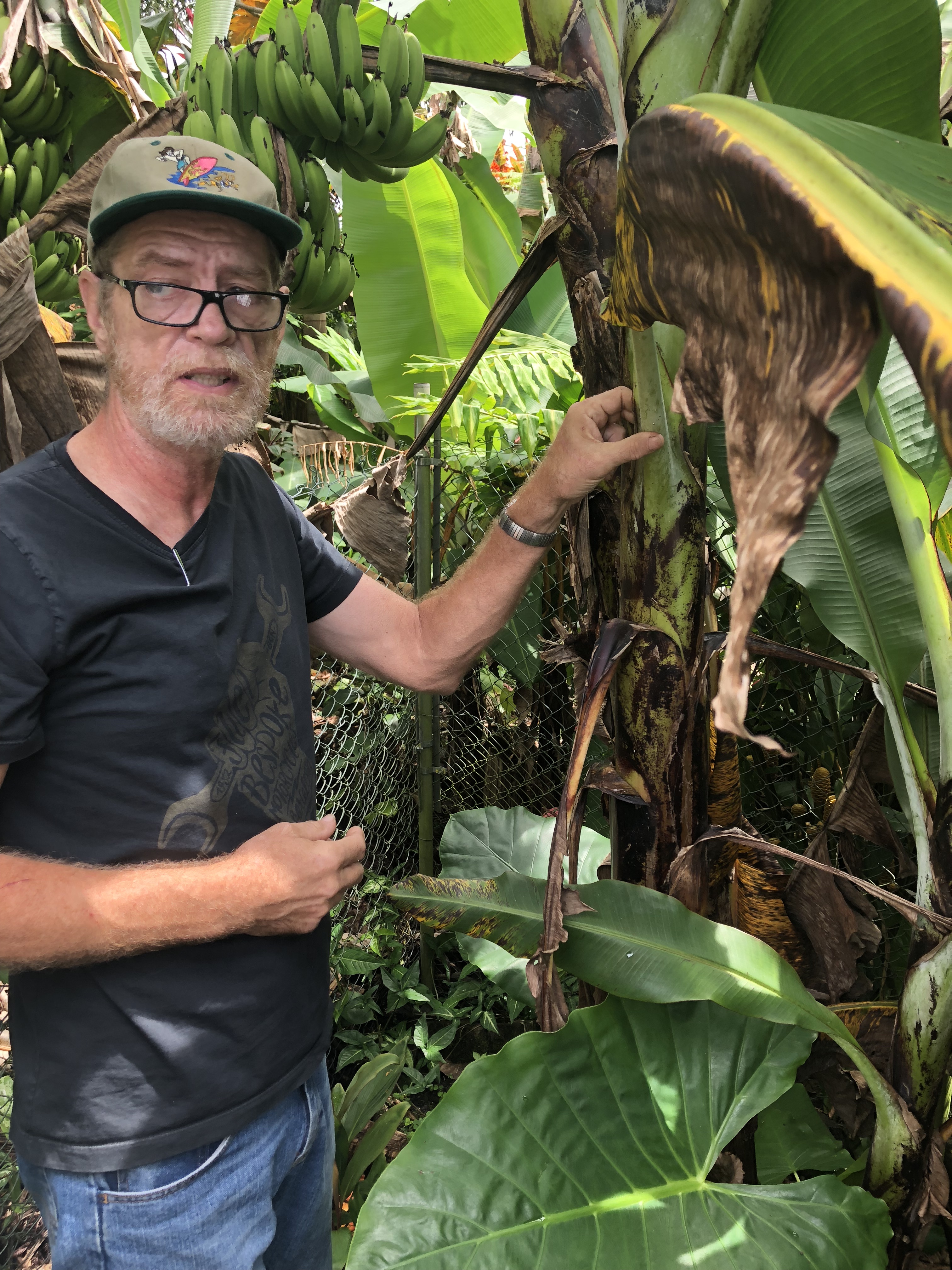
Dr. Casper Vanderwoude of the University of Hawaii's Ant Lab in Hilo, visited the Territory to offer advice on stopping the spread of the little fire ant, which has been detected in American Samoa. Dr. Vanderwoude gave a free talk on Thursday, December 20, at ACNR/Land Grant. (Courtesy Photo)

Dr. Casper Vanderwoude of the University of Hawaii's Ant Lab in Hilo, visited the Territory to offer advice on stopping the spread of the little fire ant, which has been detected in American Samoa. Dr. Vanderwoude gave a free talk on Thursday, December 20, at ACNR/Land Grant. (Courtesy Photo)
ASCC-ACNR Invites the Public to Learn About the Little Fire Ant
December 19, 2018
By James Kneubuhl, ASCC Press Officer
The Agriculture, Community and Natural Resources (ACNR)/Land Grant Division at the American Samoa Community College invited the public to join them for a talk by visiting invasive ants scientist Dr. Casper Vanderwoude of the University of Hawai'i's Hawai'i Ant Lab in Hilo. Dr. Vanderwoude, who provided American Samoa with technical assistance after the detection of little fire ant on Tutuila. Dr. Vanderwoude gave a free presentation on "The Little Fire Ant: Its history in Hawai'i and Prospects in American Samoa" on Thursday, December 20.
The little fire ant, which goes by the scientific name Wasmannia auropunctata, was recently detected for the first time in American Samoa. Originally from Central and South America, the little fire ant has spread to a number of Pacific islands, including Hawai'i. It is considered to be one of the world's worst invasive species due to its painful, itchy stings and the harm it can cause to agriculture and the environment. Dr. Vanderwoude described the effects of little fire ant on agriculture, the economy, and peoples' daily lives in Hawai'i since it
first appeared there almost two decades ago. Hawai'i's experience with little fire ant can help other islands to mitigate its harmful effects.
For more information on the effort to eradicate the little fire ant in American Samoa, contact ACNR/Land Grant at 699-1575.
